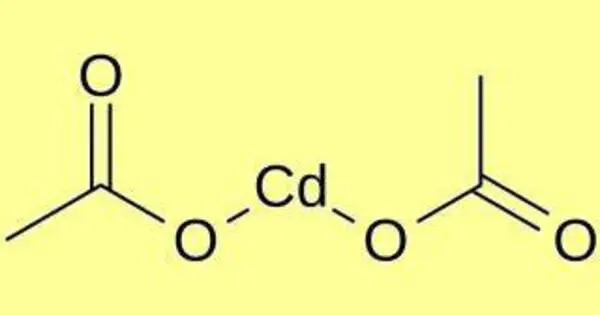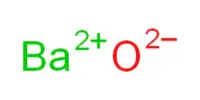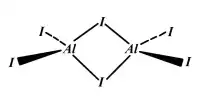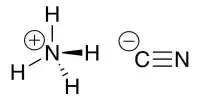Cadmium azide is a chemical compound that has the formula Cd(N3)2. It is a chemical compound made up of cadmium (Cd) and azide (N3-) ions. It is made up of cadmium cation (Cd2+) and azide anions (N3). Azide ions are negatively charged and are made up of three nitrogen atoms that are linearly linked together. It is an azide chemical that should be handled with caution because azides are potentially explosive and poisonous.
Properties
Cadmium azide is a colorless and crystalline powder. It is highly sensitive to pressure and is explosive akin to most other azides. It has a high-temperature resistance and also possesses good detonation ability. Because of this, cadmium azide is expected to be applicable within microinitiating systems.
- Chemical formula: Cd(N3)2
- Molar mass: 196.46 g/mol
- Appearance: colorless
- Stability: It is highly sensitive and can be explosive. This makes handling and storage challenging, and extreme care must be taken to avoid accidental initiation.
Preparation
Cadmium azide can be prepared by reacting cadmium salts with sodium azide (NaN3). The reaction can be represented as follows:
Cd2+ + 2NaN3 →Cd(N3)2 +2Na+
The compound is often used in the synthesis of other cadmium-containing compounds. However, it’s important to note that azides, in general, can be hazardous, and proper safety precautions should be taken when working with them.
Applications
Cadmium azide is rarely extensively used due to its explosive nature and toxicity. It has been explored in the context of research on energetic materials and explosives, but safer alternatives are frequently favored.
Toxicity
Due to the toxic nature of cadmium and the potential hazards associated with azides, the use of cadmium azide and similar compounds should be performed in a well-equipped laboratory with appropriate safety measures in place, and researchers should be familiar with the relevant safety guidelines and procedures. Alternative procedures or less harmful substances may also be considered when possible.
















